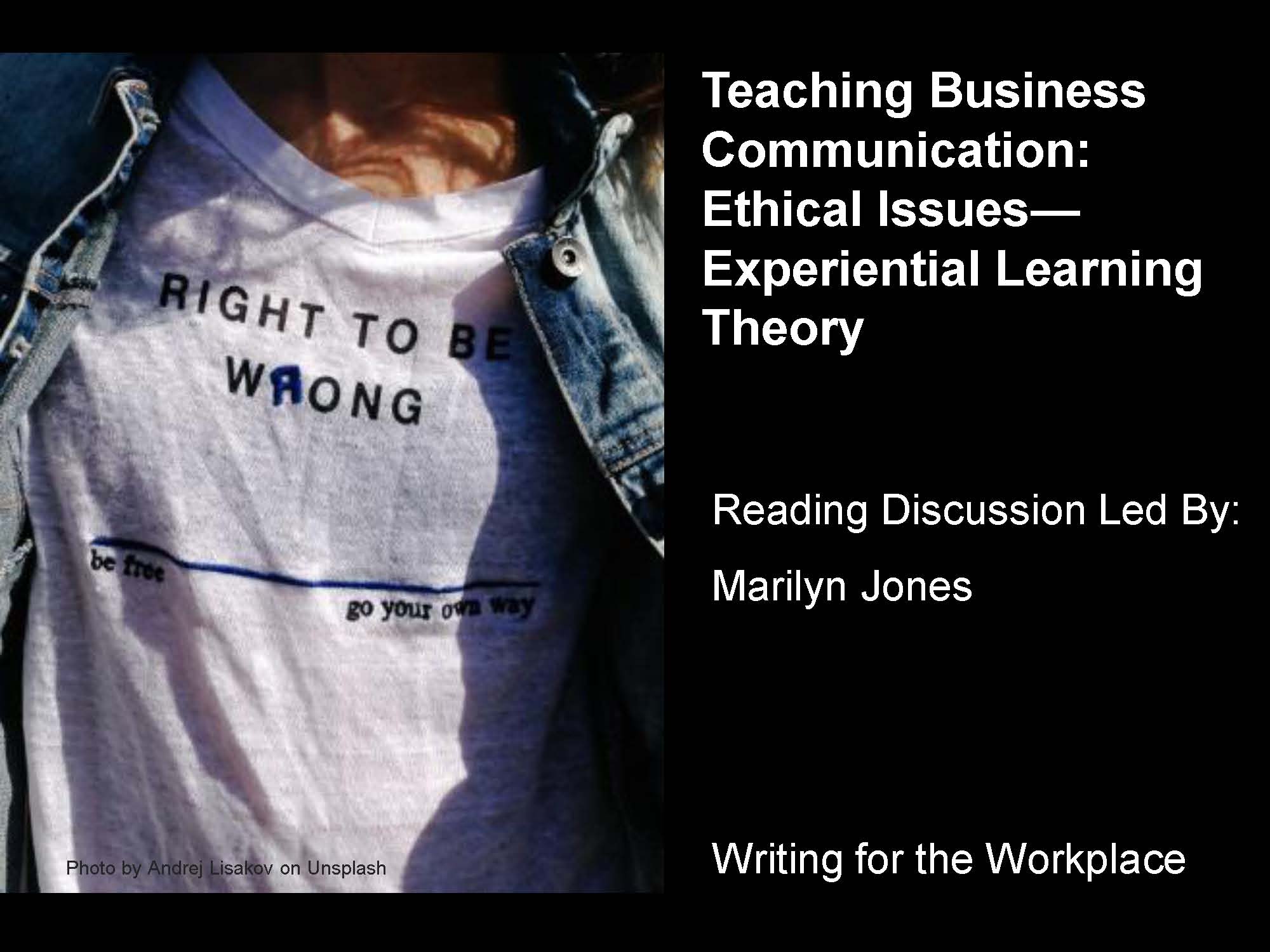Presentations

Communicating a message orally, on paper, or digitally is presenting information, and we all do it daily. Whether presenting information informally, such as one-on-one conversation, or formally by standing in front of an audience to inform, persuade, or entertain, we are always presenting.
It seems like I could never get away from presenting in school. From spelling bees and reciting multiplication tables in elementary school to presenting books and research papers in high school, there was no escaping presentations. I also had to give a speech as the salutatorian of my graduating class and served as a speaker for a women's program for my high school principal. After high school, I presented information throughout my undergrad education for many projects such as literary criticisms, research papers, book presentations, and book discussions. After undergrad, I taught English and writing, which involved me constantly lecturing/presenting. When I went back to school for a graduate program, I had to do a presentation or more for each course I took. After graduate courses and while working on my thesis, I still had to present weekly when my thesis group met for feedback and dicussions. In addition to what was required during graduate school, I frequented an open mic night on Fridays and presented my poetry in the form of spoken word.
Adult Learning Theory and Presentations
While presenting at these occasional thesis meetings and open mic events, I was lecturing in a classroom occupied by 125 students daily and sometimes frequented by adults during my second teaching assignment. Throughout these experiences and the knowledge acquired from the Teaching Writing for the Workplace course, I learned that teenagers and adults require the same accommodations when receiving information: The information has to be presented in an interesting way (using interesting methods), and they have to see a need for it, whether immediate or in the future. Adults typically have to see an immediate need because they have pre-occupations (adult learning theory). Because students’ minds tend to drift from not seeing the immediate benefits of the information presented and adults’ minds drifting because of pre-occupations, the presenter and accompanying visuals should keep the audience’s attention.
Purpose of PowerPoint Presentations
The samples provided below are PowerPoint visuals/presentations from when I was teaching and attending college. After reading Beyond Bullet Points by Cliff Atkinson, I learned more of what PowerPoint presentations should do: inform, motivate, and inspire. Atkinson believes that presentations with the typical bulleted lists, charts, and graphs format cause the presenter and audience to not connect because there is no storytelling structure; structures have the ability to help people connect or create a formal and stiff atmosphere. By creating a storyboard with slides, a presenter improves the way visuals promote meaningful communication for both the presenter and the audience. When slides are simple, the work the audience must do to figure out what the presenter is saying is reduced.
When PowerPoint slides are projected on large screens, they should serve as brief signals to what the presenter plans to cover and remind the presenter about the point he/she plans to make. This allows the presenter to look at the audience mostly instead of the slides and decreases the attention the audience pays to the slide while increasing the attention the audience pays to the presenter. “The result is an engaging multimedia experience that balances visual and verbal elements that contributes to meaningful understanding” (Atkinson 18). For these reasons, some slides in the samples below contain little text because my words were to serve as the information and the slides as visuals to assist my words. Any notes or information useful for the audience were provided as handouts. The technique used for each is different because of my purpose, the audience, and the feedback or action I expected from my audience.
Samples
Note: Hover the mouse pointer over images for additional information and tips.
Back toProjects

